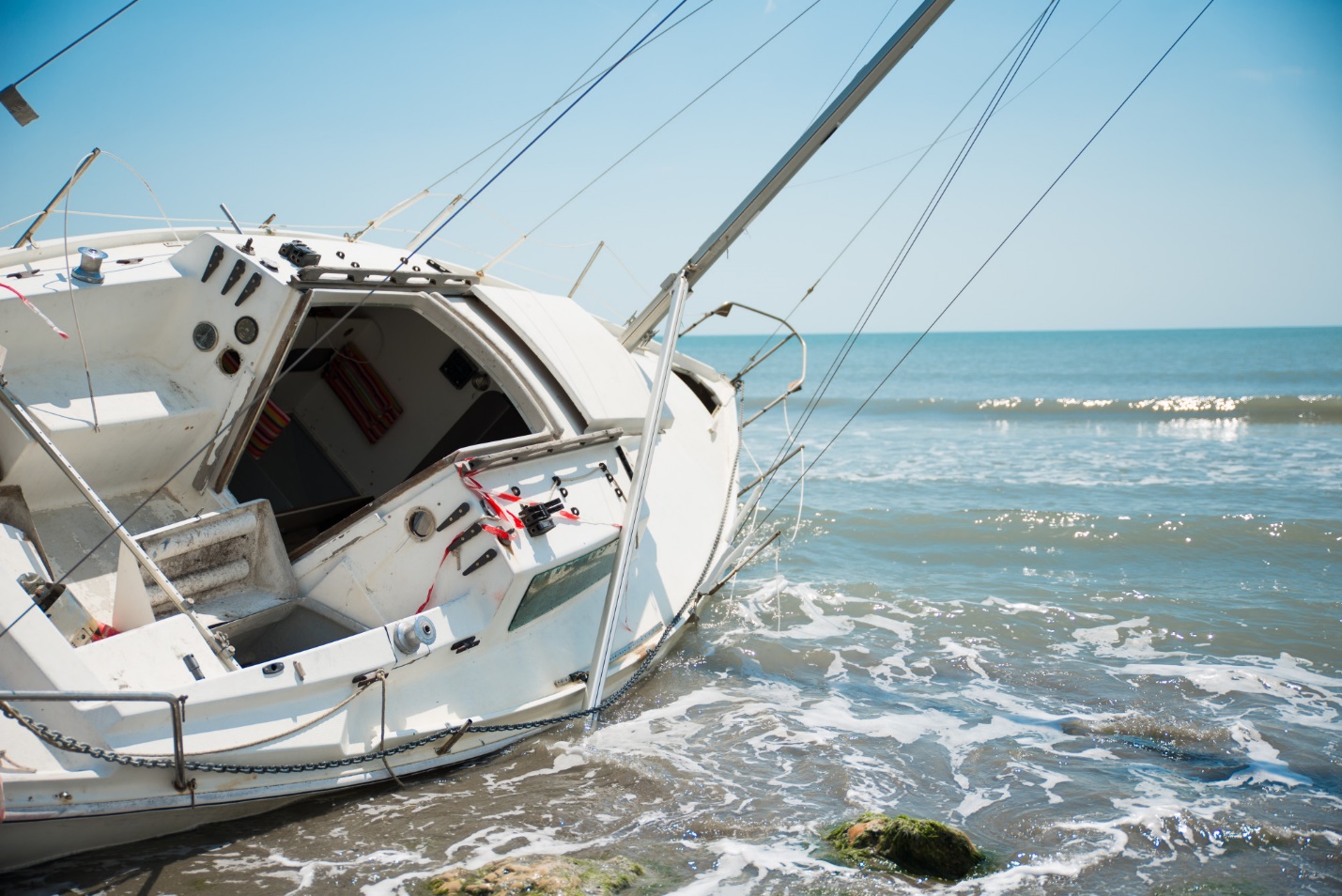Have you ever wondered how marine insurance companies decide the cost of protecting your cargo or ship?
Whether you’re a ship owner or a business relying on shipping, understanding how these companies assess risk is crucial. Knowing what factors affect your premiums can help you make smarter decisions.
This article breaks down the key elements marine insurance companies consider and how they influence the price of your sailboat insurance. Stay with us to discover how these factors could impact your next shipment.
Type of Cargo
The type of cargo is an important factor in assessing risk. Fragile or perishable goods may be more likely to be damaged or lost. Hazardous materials, such as chemicals or explosives, also carry higher risks of accidents or spills.
Cargo that is valuable or difficult to replace may result in a larger claim if something goes wrong. Insurers must understand the nature of the goods being transported. This helps them decide how much coverage the cargo needs.
Ship’s Age and Condition
The age of a ship plays a large role in risk assessment. Older ships may be more prone to mechanical failures or other issues. Their parts may be worn out, making them more likely to break down during a journey.
The condition of the ship also matters. Well-maintained ships are generally less risky than poorly maintained ones. Insurers will review maintenance records to understand the ship’s overall condition before providing coverage. A ship in poor condition may increase the boat insurance cost, as the insurer sees it as a higher risk.
Shipping Route
The route a ship takes can affect the level of risk involved. Some areas are known for rough seas, bad weather, or high traffic, which can increase the chances of an accident. Routes that pass through regions with piracy or political instability also present more risk.
A more predictable and safer route might lead to lower insurance premiums. The route can be changed depending on the weather or other factors. Insurers will consider how much risk is associated with the planned path.
Weather and Climate
Weather conditions are another key element in assessing risk. Storms, hurricanes, or fog can make navigation difficult and increase the likelihood of accidents. Extreme weather can cause delays or damage to cargo and ships.
Climate patterns can also influence risk. Certain times of the year may be more dangerous due to seasonal changes in weather. Insurance companies will factor in the forecast and historical data to assess the risk level.
Crew Experience
The experience of the crew is a key factor in evaluating risk. Experienced crews are less likely to make errors that could lead to accidents or damage. They are more capable of handling unexpected situations that may arise during the voyage.
Crew members who have a proven track record of safety are seen as a lower risk. Insurers will look at the crew’s training and past performance. The better the crew’s experience, the lower the perceived risk.
Previous Claims History
A ship’s history of past claims is an important part of risk evaluation. If a ship has been involved in multiple accidents or incidents, it may be seen as a higher risk. Past claims can indicate that the vessel or its operation has recurring problems.
Insurance companies will check the claim history of both the ship and its owner. A history of many claims may result in higher premiums or even refusal of coverage. This helps insurers better understand the likelihood of future issues.
Insurance Coverage
The type of coverage selected can impact how risk is assessed. Comprehensive policies cover a wider range of potential incidents, which could increase the overall premium. A more basic policy may only cover specific risks, lowering the cost but increasing exposure.
For businesses involved in building or maintaining boats, having the right insurance is crucial. Boat builders insurance helps protect against risks specific to the construction and repair of vessels. Insurers must assess whether the coverage chosen aligns with the risks involved. They will also evaluate whether the terms of the policy adequately protect the ship and cargo.
Port and Dock Safety
The safety of the port or dock where a ship is loading or unloading affects the overall risk. Ports with high traffic or poorly maintained facilities may increase the chance of accidents. Crowded or poorly managed docks can lead to damage to the ship or cargo.
Certain ports may be more prone to theft or vandalism, increasing the potential for loss. Insurers assess the safety record of the port and its equipment. A safer port reduces the likelihood of claims and leads to lower premiums.
Vessel Type
The type of vessel used for transporting goods also affects risk assessment. Different vessel types, such as container ships, tankers, or bulk carriers, have different risk profiles. Larger vessels may face more severe consequences in the event of an accident.
Some vessels are designed for specific types of cargo, which may lower the risk of damage. For example, a specialized tanker may be safer for transporting liquids than a general cargo ship. Insurers consider whether the ship is suited for the particular type of transport.
Maintenance and Repair Records
A ship’s maintenance and repair records provide insight into its overall condition. Regular maintenance helps reduce the risk of accidents due to mechanical failure. Ships with poor repair records may face higher risks and, therefore, higher insurance premiums.
Insurance companies review the ship’s maintenance history to ensure it meets safety standards. A well-maintained vessel is less likely to break down or experience problems during the journey. Regular repairs can show a commitment to safety and reduce the risk of claims.
Marine Insurance Companies Safeguard Your Journey by Assessing Every Risk
Understanding how marine insurance companies assess risk is crucial for anyone involved in shipping. By evaluating factors like cargo type, vessel condition, and shipping route, they determine the level of coverage needed. These assessments help ensure that potential risks are properly managed and that claims are minimized.
The better the risk is understood, the more accurately the right insurance can be provided. This makes the shipping process safer for all parties involved.
We hope you enjoyed reading this article. If you found it helpful, be sure to check out our blog for more informative resources.




